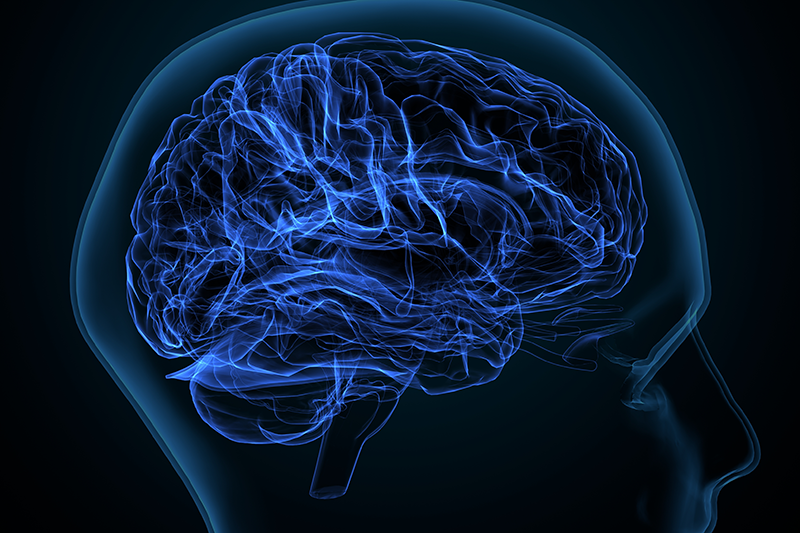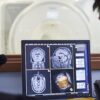New research from UTHealth Houston shows that seizures can be predicted more than 30 minutes before they start in people with temporal lobe epilepsy. This opens the door to a therapy using electrodes that could be turned on to stop seizures from happening.
The research, which was headed by Sandipan Pati, an associate professor in the Department of Neurology at UTHealth Houston’s McGovern Medical School, was released in the journal NEJM Evidence.
According to the findings: “We studied a prospective, consecutive series of 15 patients with temporal lobe epilepsy who underwent limbic thalamic recordings in addition to routine (cortical) intracranial EEG for seizure localization.”
“We analyzed 1800 patient-hours of continuous thalamocortical EEG. Distinct pro-ictal states were detected in each participant. The median area under the receiver-operating characteristic curve of the classifier was 0.92 (interquartile range, 0.90–0.96),” the findings state. “Pro-ictal states were distinguished at least 45 minutes before seizure onset in 13 of 15 participants; in 2 of 15 participants, they were distinguished up to 35 minutes prior.”
“On the basis of thalamocortical EEG, pro-ictal states — pathologic brain activities during periods of heightened seizure risk — could be identified in patients with temporal lobe epilepsy and were detected, in our small sample, more than one half hour before seizure onset,” the authors determined.


